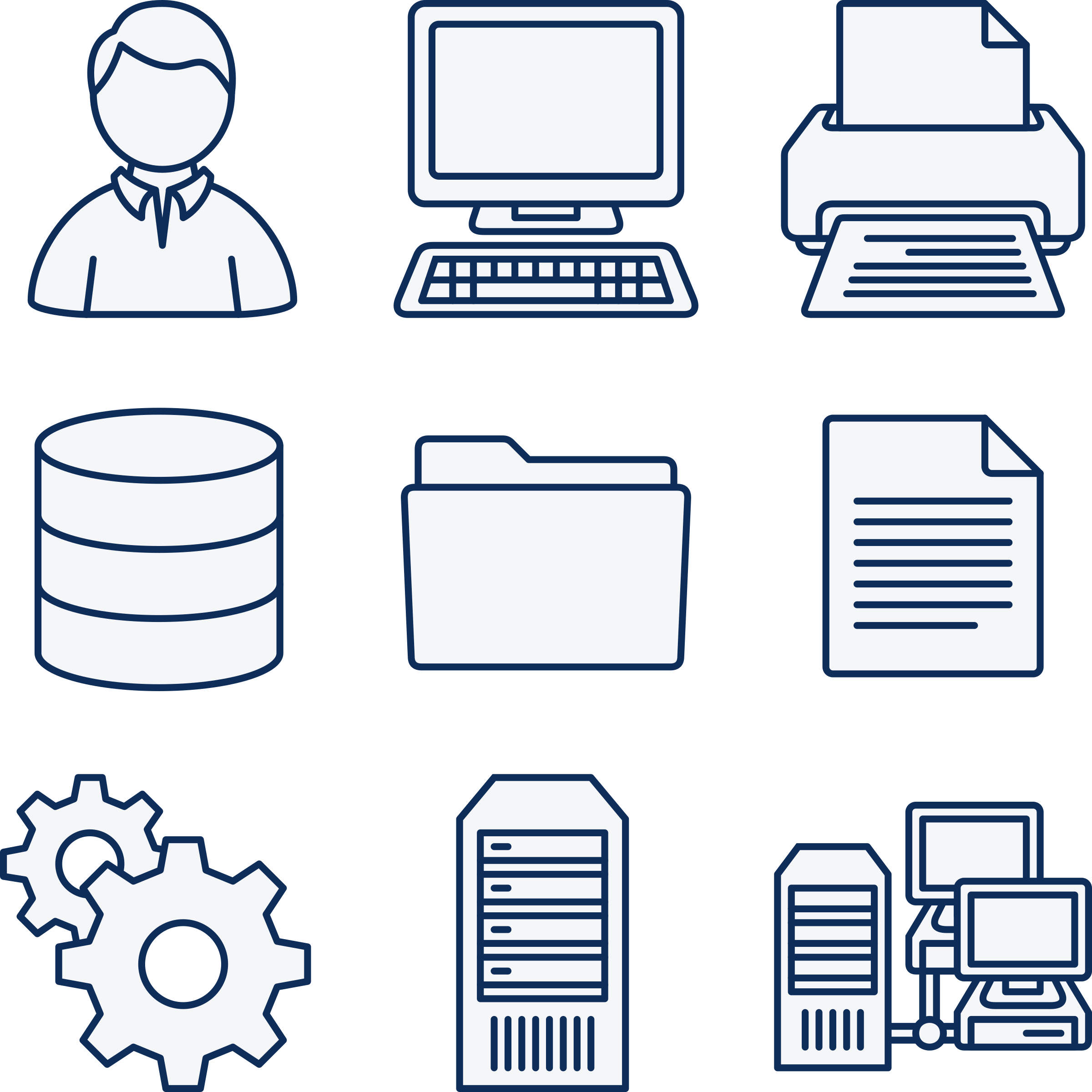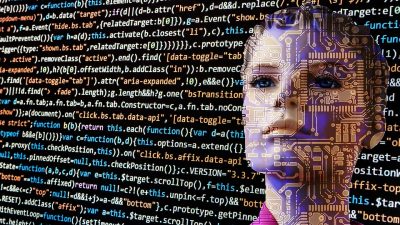Software Pilates Studio sets the stage for this enthralling narrative, offering readers a glimpse into a story that is rich in detail and brimming with originality from the outset. As the fitness industry evolves, the integration of software solutions in pilates studios not only enhances operational efficiency but also elevates the client experience. This innovative approach streamlines class scheduling, payment processing, and client engagement while allowing instructors to focus more on delivering quality sessions and fostering community within their studios.
In the ever-evolving landscape of technology and innovation, one cannot overlook the profound impact that the digital age has on various aspects of our lives. From the way we communicate to how we work and entertain ourselves, technology has woven itself into the very fabric of our daily routines. This article aims to explore the multifaceted dimensions of technology in modern society, examining its benefits, potential drawbacks, and the future implications it holds for humanity.To begin with, let’s consider the most apparent advantage of technology: connectivity.
The rise of the internet has transformed how we interact with one another. Social media platforms like Facebook, Twitter, and Instagram have turned the world into a global village, allowing people to connect regardless of geographical barriers. This unprecedented level of communication fosters relationships that otherwise may not have existed. Families separated by vast distances can maintain close connections, friends can share experiences in real-time, and professionals can collaborate seamlessly across continents.However, while connectivity brings people together, it also presents challenges.
The reliance on digital communication can lead to a decline in face-to-face interactions. This shift raises questions about the quality of relationships in a digital world. Are we genuinely connecting with others, or merely scratching the surface of deeper interactions? As we navigate this new terrain, it is essential to strike a balance between digital and personal connections, ensuring that technology enhances rather than diminishes our human experience.Moving beyond communication, technology has fundamentally altered the landscape of work.

The advent of remote work, powered by tools such as Zoom, Slack, and Trello, has revolutionized the traditional workplace. Employees can now work from virtually anywhere, breaking free from the confines of a physical office. This flexibility can lead to increased productivity and improved work-life balance. Moreover, businesses can tap into a global talent pool, hiring the best candidates regardless of their location.However, the shift to remote work is not without its pitfalls.
The blurred lines between work and home life can create stress and burnout among employees. Furthermore, the reliance on technology can lead to feelings of isolation, as individuals miss out on the camaraderie of a physical office environment. Employers must be proactive in addressing these challenges by fostering a supportive culture that prioritizes mental health and encourages social interactions, even in a virtual setting.Another area where technology has made significant strides is education.
The integration of digital tools in classrooms has transformed the learning experience for students and teachers alike. Online learning platforms, interactive multimedia resources, and educational apps provide students with diverse ways to engage with content, making learning more accessible and individualized. This shift is particularly beneficial for students in remote areas or those with disabilities, who may have previously faced barriers to education.Nonetheless, the digital divide remains a pressing issue.
Not all students have equal access to the internet or devices, which can exacerbate existing inequalities in education. As we embrace technology in learning, it is crucial to address these disparities and ensure that all students have the opportunity to benefit from digital resources. Policymakers, educators, and tech companies must collaborate to create equitable solutions that bridge the gap and promote inclusive learning environments.Entertainment is another domain where technology has made a colossal impact.
The rise of streaming services such as Netflix, Hulu, and Spotify has transformed how we consume media. Gone are the days of waiting for our favorite shows to air at specific times; now, we can access an entire library of content at our fingertips. This convenience allows for personalized viewing experiences, catering to diverse tastes and preferences.However, the abundance of choices can sometimes lead to decision fatigue.
With so much content available, viewers may feel overwhelmed and struggle to make selections. Additionally, the phenomenon of binge-watching has raised concerns about its effects on mental health and social habits. Striking a balance between enjoying our favorite shows and engaging in other activities is vital for maintaining a healthy lifestyle.As we look to the future, it is essential to consider the ethical implications of technological advancement.

With the rise of artificial intelligence, machine learning, and automation, the job market is undergoing a significant transformation. While these technologies can enhance efficiency and productivity, they also raise concerns about job displacement. As certain tasks become automated, there is a pressing need to reskill the workforce and prepare individuals for new roles in an increasingly digital economy.Moreover, the ethical use of data has become a critical issue in the age of big data.
Companies collect vast amounts of information about individuals, raising questions about privacy and consent. As consumers, we must be vigilant about the data we share and advocate for transparency and accountability from organizations. Striking a balance between innovation and ethical responsibility will be crucial as we navigate the complexities of the digital age.In conclusion, technology has undoubtedly reshaped our world, offering both remarkable opportunities and significant challenges.
As we embrace the conveniences of the digital age, it is vital to remain mindful of the implications of our choices. By fostering meaningful connections, promoting equitable access to education, and prioritizing ethical practices, we can harness the power of technology to create a brighter future for all. The journey ahead will require collaboration, adaptability, and a commitment to the principles that define our humanity, ensuring that technology serves as a tool for progress rather than a source of division.
Answers to Common Questions
What features should I look for in a software pilates studio?
Key features to consider include online booking, payment processing, client management, automated reminders, and reporting tools.
Is software pilates studio suitable for beginners?
Absolutely! Most software solutions are user-friendly and can cater to all skill levels, making it easy for beginners to navigate.
Can I integrate my existing website with software pilates studio?
Yes, many software solutions offer integration options to sync with your existing website for seamless operations.
How does software pilates studio enhance client engagement?
It enables personalized communication, offers convenient class booking, and provides access to class schedules and updates, keeping clients informed and engaged.
What kind of support is available for software pilates studio users?
Most providers offer comprehensive customer support, including tutorials, online resources, and direct assistance to help users maximize their software experience.












